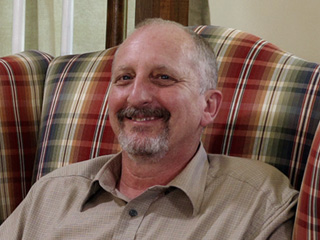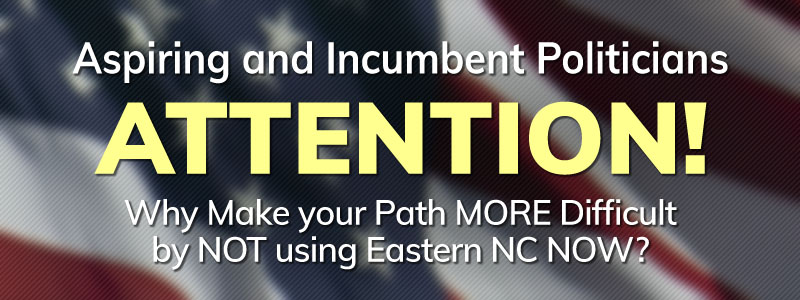Publisher's note: The author of this post is Kristen Blair, who is a contributor for the Carolina Journal, John Hood Publisher.
It's tough to be an adolescent. It was ever thus. A century ago, psychologist Stanley Hall characterized adolescence as "storm and stress." Some teenagers sail through with little tempest and tumult. But for many today, the darkness gathers. The storm stalls. Accumulating evidence shows adolescent depression is increasing.
Girl world is especially hard to handle. Depression rates are spiking for both sexes, but they're rising faster and higher for girls. A December 2016
Pediatrics study of 172,495 adolescents led by psychiatrist Ramin Mojtabai shows a 37 percent increase overall in major depression between 2005 and 2014 -mostly since 2011. Girls were three times more likely than boys to be afflicted: 17.3 percent compared to 5.7 percent.
North Carolina numbers speak to similar sadness. Thirty-five percent of girls and 17.5 percent of boys struggled with feelings of hopelessness or sadness for two consecutive weeks or more, according to the Centers for Disease Control's 2015 Youth Risk Behavior Survey. More than 20 percent of girls and 11 percent of boys seriously considered suicide.
It's enough to keep any adult awake at night. Why are so many so sad?
Causes "remain elusive," write the Pediatrics study authors. Yet they posit possible culprits for girls' growing distress - increased cyberbullying and problematic mobile phone use.
Traditional risk factors - hormones, vulnerabilities, substance abuse, family problems - affect teenagers' mental health. So do basic, unmet needs - Sleep deprivation quadruples adolescents' risk of depression, according to University of Texas researchers. Chronic academic stress plays a role.
Increasingly, schools are the fulcrum around which mental health interventions pivot. In 2014 the CDC and Association for Supervision and Curriculum Development developed the "Whole School, Whole Community, Whole Child" model to ensure school-based learning is integrated within health and mental health supports for students.
It's spreading rapidly nationwide. The N.C. State Board of Education adopted the WSCC model this past fall. It's aligned with the
school-based mental health policy passed by the State Board in April. Districts develop plans for improving students' mental health supports in 2017-18.
Concern from policymakers is warranted. But requiring schools to assume greater responsibility for students' mental health is a slippery slope. Educators must tread carefully. Student privacy concerns loom large.
We expect more of schools and less of parents. This is the decades-long trajectory of school reform generally, as policy expert Frederick Hess wrote recently in
US News and World Report:
"There's a balance, between families and schools, and we seem to have tipped from one extreme to the other." Isn't this the elephant in classrooms today?
Consider the
"holistic" WSCC model. Family engagement is just one of 10 school-based components surrounding the child, alone at the center. Yet schools don't bear primary responsibility for ensuring kids' emotional and physical needs are met. Parents do that. Parents aren't peripheral, they're powerful. Teenagers with secure, close parental attachments exhibit better mental health and are less likely to engage in risky behaviors.
One psychologist I know said a key focus for schools should be on educating and empowering parents -about the nature of depression, and what they can do. Schools can be critical partners, helping families know when to get help. But ultimately, parents are the ones standing watch.
In Colorado Springs, Colorado - a community reeling from 30 adolescent suicides in 19 months -longtime educator Kristie Tamillow and a psychologist have led a series of parent education sessions. Tamillow's core message to parents? You matter.
"That [parent-child] relationship is protective," Tamillow says.
"If parents can understand their impact ... that's a game-changer."
Oh, how we need one.

























